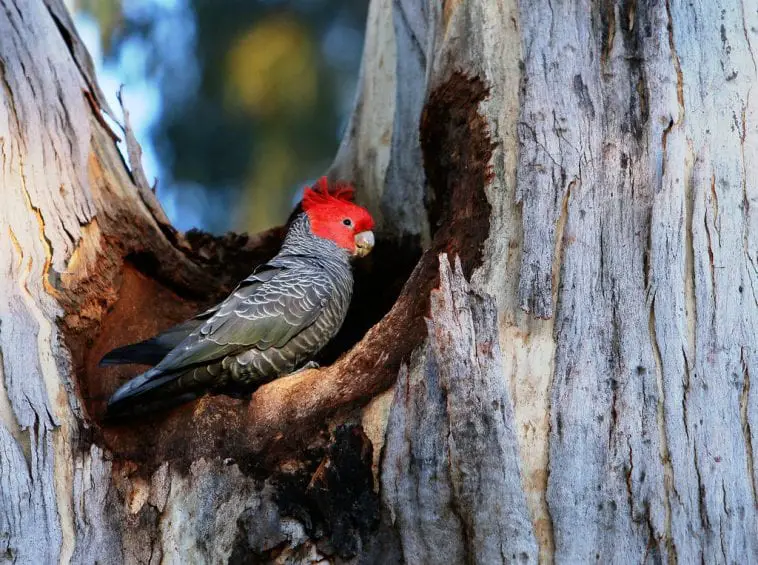

“Birdlife Australia had recommended an official listing as vulnerable, but the federal environment department of threatened species – the body that looks at this – have looked into the rates of decline that have alarmed them to the extent that they think the bird should be listed in the endangered category,” Birdlife Australia’s national public affairs manager Sean Dooley said. THE Gang-gang Cockatoo has been added to Australia’s list of threatened species, listed as endangered by the federal government. Game park worker, 30, is mauled to death by lions.US government is funding kills of endangered animals, activists say.Trophy hunters say they economically benefit local communities.Experts say radical shift needed in our relationship with the.‘Didn’t think I’d make it out!’ Woman battles for survival.Tragic story of the American model eaten alive by monster.Kordofan giraffes face local extinction in 15 years if poaching.Moment Trophy Hunter Shoots Elephant Dead – Before Herd Take.Unbelievably massive alligator is dubbed ‘nightmare material’ as it smashes.Orca Tokitae’s necropsy shocks Lummi Nation as it works to.Support ‘ Fighting for Wildlife’ by donating as little as $1 – It only takes a minute. Photograph: Jonathan Steinbeck/Getty Images/iStockphoto. Lead Image: Gang-gang cockatoos, commonly seen in Canberra’s suburbs and nearby bush reserves, are set to be listed as a threatened species. This article by Lisa Cox was first published by The Guardian on 1 March 2022. This information would be used to help develop the recovery plan. She said the working group would develop multiple monitoring strategies to improve understanding of the distribution, density and abundance of gang-gangs across the east coast of Australia. “Preliminary results from collaborative research between the Australian National University and ACT government indicate there may be fewer gang-gangs in Canberra than was previously believed.” “While we consider the ACT to be a stronghold for the species, the gang-gang is probably one of the least understood parrots in Australia,” she said. The ACT environment minister, Rebecca Vassarotti, described the gang-gang as a “popular rascal” whose distinctive call was adored by the Canberra community. The ACT government will coordinate national recovery efforts after receiving funding from the federal government to establish a national working group. “With climate change only going to make things harder for this cold-climate bird, the government needs to step in and better protect this amazing bird and the native forests that provide essential nesting hollows in old growth trees.” “Even before the devastation of the 2019-20 fires, the species has been suffering immensely,” she said. Holly Parsons, the manager of BirdLife’s urban bird program, which includes a gang-gang cockatoo recovery project, said the organisation’s monitoring had shown steep declines in the species since the 1970s. Listing of the birds will mean developments likely to trigger a significant impact on the species must be assessed under national laws.īirdLife Australia said it was a welcome move, but the organisation was “devastated to see a bird beloved by so many people in so much trouble”. That decline was expected to continue because increased heatwaves and fire frequency as a result of the climate emergency were increasing pressure on the species across its range, with bushfires likely to reduce the amount of nesting habitat available to the birds. The bushfires affected 36% of the birds’ range, leading to an estimated further drop in numbers of 21%. The scientific committee wrote in draft advice last year that gang-gang populations had already declined by between 15% and 69% before the fires.

The bird is one of several plants and animals that required assessment after the 2019-20 bushfire disaster a number of other species are also expected to be added to the threatened list. They are a common sight in Canberra, where they are often found in back yards in the inner suburbs and in nearby bushland reserves. The adult males are known for their distinctive red facial feathers. Gang-gangs are small, grey cockatoos found throughout south-eastern Australia.


 0 kommentar(er)
0 kommentar(er)
